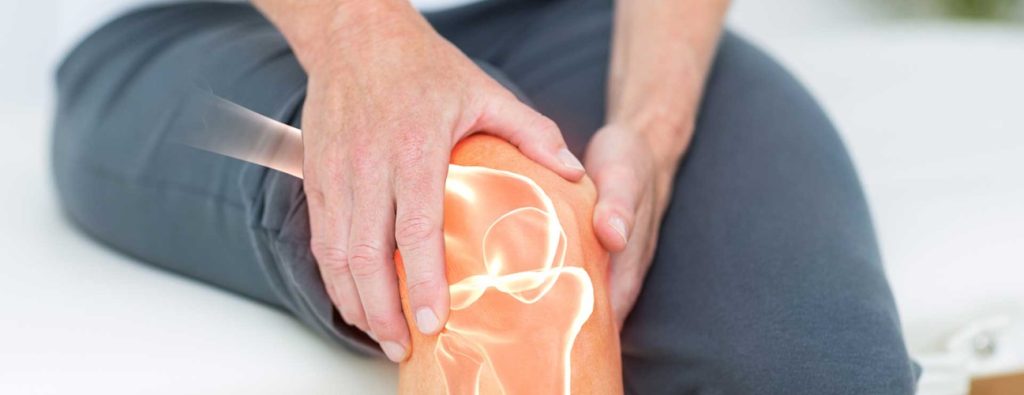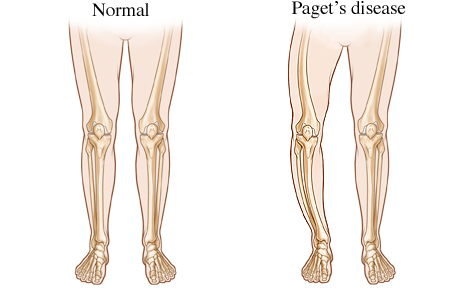Different causes and ways to prevent Chronic Knee pain.
What is a chronic knee pan?

Long-lasting pain, swelling, or sensitivity in one or both knees is referred to as chronic knee pain. The symptoms you encounter can vary depending on the source of your knee discomfort. Chronic knee pain can result from a wide range of illnesses, and there are numerous therapies available. The effects of persistent knee discomfort will vary from person to person.
Causes of Knee pain
Knee discomfort can be brought on by mechanical issues, different types of arthritis, and other issues.
Injuries
A knee injury can impact not just the bones, cartilage, and ligaments that make up the joint itself, but also any ligaments, tendons, or bursae that surround your knee joint. The following are some of the more typical knee injuries:
- ACL damage. One of the four ligaments that connect your shinbone to your thighbone, the anterior cruciate ligament (ACL), can be torn, resulting in an ACL injury. People who play basketball, soccer, or other sports requiring quick changes in direction are more likely to sustain an ACL damage.
- Fractures. In falls or car accidents, the knee’s bones, particularly the patella (knee cap), can break. Additionally, patients with osteoporosis may occasionally suffer a knee fracture from a simple misstep.
- Meniscus tear. Between your shinbone and thighbone, there is a firm, rubbery cartilage called the meniscus that serves as a stress absorber. If you suddenly twist your knee while standing on it, it may tear.
- Knee bursitis. The bursae, the little sacs of fluid that cushion the outside of your knee joint so that tendons and ligaments may move easily across the joint, can become inflamed as a result of several knee injuries.
- Tendonitis of the patella. The thick, fibrous fibres that connect muscles to bones through tendons experience irritation and inflammation due to tendinitis. The patellar tendon, which connects the kneecap (patella) to the shinbone and enables you to run, leap, and kick, can become injured and cause this irritation. Patellar tendinitis can occur in runners, skiers, bikers, and those who participate in jumping sports and hobbies.
Mechanical problems
The following are some instances of mechanical issues that might result in knee pain:
Slack body. A fragment of bone or cartilage may occasionally break off and float in the joint space due to damage or deterioration. It might not be a problem unless the loose body restricts the movement of the knee joints, in which case the result is similar to a pencil being stuck in a door hinge.
Syndrome of the iliotibial band. This happens when the thighbone’s outer surface is rubbed against by the iliotibial band, a firm band of tissue that runs from the outside of your hip to the outside of your knee. Iliotibial band syndrome is more common in cyclists and distance runners.
Displaced kneecap. This happens when the patella, a triangular bone covering the front of your knee, slides out of position, usually to the outside of your knee. In some circumstances, the kneecap may remain dislocated, allowing you to observe the dislocation.
Foot or hip ache. You can alter your gait to spare your bothersome joint if you experience foot or hip pain. However, this altered walk may put extra strain on your knees, leading to discomfort.
Arthritis types
There are more than 100 different kinds of arthritis. The following types are those most likely to impact the knee:
Osteoarthritis. Osteoarthritis, which is often referred to as degenerative arthritis, is the most prevalent kind of arthritis. It is a wear-and-tear ailment that develops when your knee cartilage ages and deteriorates from use.
Rheumatoid arthritis. The most crippling type of arthritis, is an autoimmune disorder that can damage virtually any joint in your body including your knees is Rheumatoid arthritis. Even though rheumatoid arthritis is a chronic condition, its severity can vary and it occasionally flares up.
Gout. When uric acid crystals accumulate in the joint, it leads to this kind of arthritis. Gout can affect the knee in addition to the big toe, which is where it most frequently occurs.
Pseudogout. Pseudogout, which is sometimes confused for gout, is brought on by calcium-containing crystals that form in the synovial fluid. It most frequently affects the knees.
Septic arthritis. Your knee joint may occasionally get infected, resulting in swelling, discomfort, and redness. When septic arthritis first manifests, a fever is frequently present, and there is typically no prior injury. The knee cartilage can suffer severe damage very fast as a result of septic arthritis. Consult your doctor straight away if you have knee pain along with any of the signs of septic arthritis.
Other issues
The phrase “patellofemoral pain syndrome” refers generally to discomfort felt between the kneecap and the thighbone underneath. It frequently affects athletes, young adults, particularly those whose kneecaps don’t track well in their grooves, and elderly persons, who typically get it as a result of kneecap arthritis.
Symptoms of chronic knee pain
Each person’s chronic knee pain symptoms are unique, and the severity of the pain is frequently influenced by its underlying cause. Symptoms of chronic knee discomfort include:
- ongoing pain
- when used, causes a severe, shooting pain
- a mild searing pain
Chronic discomfort and swelling around the knee may also be a problem.
Risk factors
You may be more likely to experience knee issues if you have a number of risk factors, such as:
Excess weight. Even during routine activities like walking or climbing stairs, being overweight or obese puts more strain on your knee joints. By hastening the degeneration of joint cartilage, it also increases your risk of osteoarthritis.
Lack of strength or flexibility in the muscles. Injury risk to the knees might be increased by a lack of strength and flexibility. Your joints are stabilised and protected by strong muscles, yet a full range of motion is possible thanks to flexible muscles.
Certain activities or professions. Knees are more likely to be strained during some sports than others. Your risk of knee injuries is increased by activities like alpine skiing, which involves inflexible ski boots and the potential for falls, basketball, which involves hops and pivots, and running or jogging, which repeatedly pounds your knees. Construction and farming work, as well as other occupations that put repetitive strain on the knees, can raise your risk.
Previous injury. A prior knee injury increases your risk of suffering another knee injury.
Complications
Not all knee discomfort is severe. But if left untreated, some knee illnesses and injuries, including osteoarthritis, can cause disability, joint damage, and excruciating pain. Additionally, even a small knee injury increases your risk of suffering another one in the future.
REFERENCES:
- https://www.healthline.com/health/chronic-knee-pain
- https://www.webmd.com/healthy-aging/features/knee-pain-aging
- https://www.mayoclinic.org/diseases-conditions/knee-pain/symptoms-causes/syc-20350849
For more details, kindly visit below.
